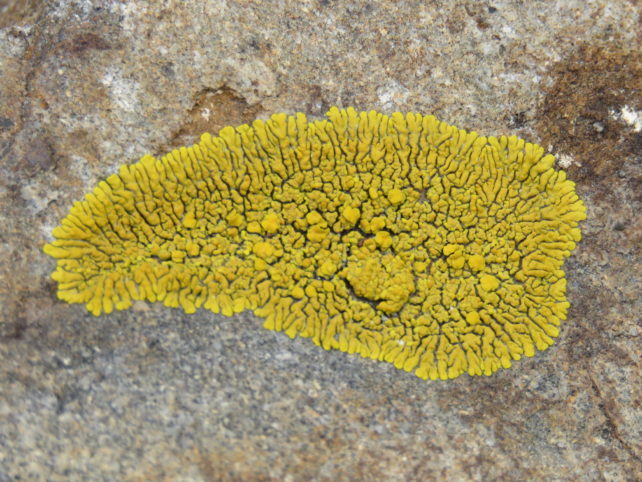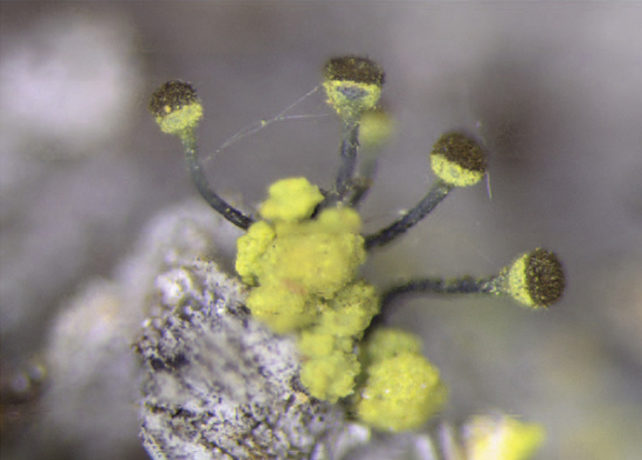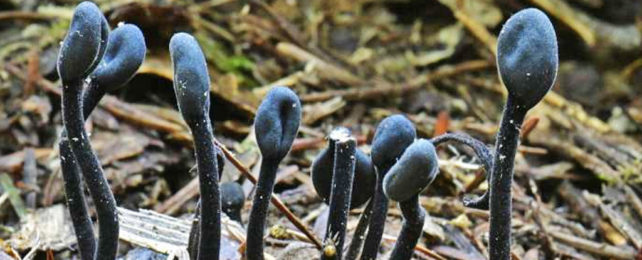Some of Earth's weirdest fungi, including types of lichen, mycorrhizal, and insect symbiotes, never quite seemed to fit in our current tree of life.
But a new genetic analysis discovered that despite the extreme differences between these oddballs, they actually all belong together on an entirely new branch that parted ways with other fungi more than 300 million years ago.
"I like to think of these as the platypus and echidna of the fungal world," says University of Alberta mycologist Toby Spribille, because of the fungi's peculiar traits.
Some live with algae or cyanobacteria to form the composite organism we all know as lichen. These fungi rely on their symbiotic partner to receive carbohydrates from photosynthesis, while the fungi in turn provide the algae or cyanobacteria with moisture and nutrients from the environment.

Others, like members of a class of eerie earth tongue fungi (Geoglossaceae), live independently, licking the air straight up from the ground with their dark grooved fruiting heads.
While species like Symbiotaphrina buchneri also live in a mutually beneficial relationship, in this case with the biscuit beetle (Stegobium paniceum) – providing the insect with B vitamins in exchange for a home within the beetle through all stages of its lifecycle.

And then there are the endophytes – like Xylona heveae – that live their lives entirely dependent on plants.
"What is really fascinating is that despite these fungi looking so different, they have a lot in common at the level of their genomes," explains Spribille. "Nobody saw this coming."
University of Alberta biologist David Díaz-Escandón and colleagues sequenced and analyzed the genomes of 30 different species of fungi from nine different countries around the globe.
The results suggest that 600 species of fungi, previously placed across seven different classes, should all belong together on the same evolutionary branch, called Lichinomycetes. Since the class Lichinomycetes was the oldest name in the bunch, the researchers decided to use it as a new category.
"They were classified, but they were classified into such different parts of the fungal side of the tree of life that people never suspected they were related to each other," says Díaz-Escandón.
This taxonomic level of class is equivalent to the difference between us and frogs and this new class parted ways with the Eurotiomycetes class of fungi – a group that includes the antibiotic-producing Penicillium rubens – 300 million years ago.
One of the key characteristics Lichinomycetes share is their really small genomes. This may explain why a high proportion of them rely on symbiotic relationships with other species to survive, the researchers suggest.
"Their small genomes mean this class of fungi have lost much of their ability to integrate some complex carbohydrates," says Spribille. "When we go back to look at each of these fungi, suddenly we see all of them are in a kind of symbiosis."
This research was published in Current Biology.
